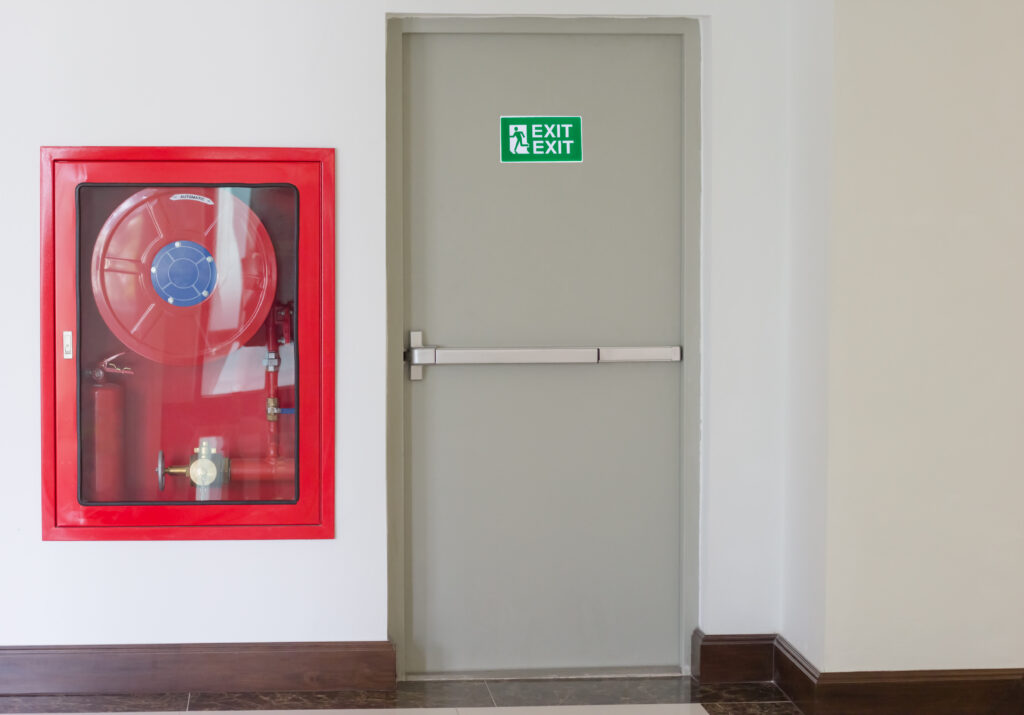How does is work?
The Government is presenting the JSS as a way to support and nurture economic growth again by protecting “viable jobs”, as opposed to protecting jobs with little future prospect. Here’s how it works:
- The scheme is open to employers regardless of whether they furloughed their staff or not; but is mainly targeting small or medium-sized businesses. Large businesses are only eligible if they can show that their turnover has been negatively impacted by COVID-19.
- An employee needs to work at least 1/3 of their contracted working hours, and be paid in full by the employer for those hours worked. As a supplement to the employee’s salary, the employer will then top up 1/3 of the remaining time not worked, the Government will contribute another 1/3, and the remaining 1/3 of the unworked time will be unpaid. Under this scheme, workers will therefore work 33% of their hours and receive 77% of their salary (55% paid by the employer + 22% paid by the government).
- The Government’s contribution is subject to a cap of £697.92 per month, and will only be paid in gross. This means that the employer will have to pay national insurance and pension contributions stemming from the government’s salary share, as well as their own.
- Employers must agree to the new short-time arrangements with their employees. Written confirmation of the arrangements is required, and must be kept and made available to HMRC if requested.
- We understand the JSS will not apply if employees are working any redundancy notice period.
Key factors to consider
Many employers will be wondering why they should pay 55% of an employee’s salary for 33% of their hours, and whether making staff redundant would be more economical. Here are some key factors to consider:
Productivity – is the workstream expected to pick back up over winter and into next year? Under the CJRS, companies are paying 20% of their furloughed staff’s salary (plus pension and NI) for no work at all. The JSS isn’t too different, as companies will be paying 22% of staff’s salary for no work. But this time, employees will be working at least 33% of their hours, which means that the business will be getting more from them than when they were furloughed.
Seniority – employees who have been working at the company for a long time will be due a large redundancy package.
Skills – in some settings, training up new employees may be expensive. Keeping already-skilled employees on the books (and if they were previously furloughed, claim their £1,000 job retention bonus after 31st January 2021) may be wiser option, to avoid a skills-gap or expensive and time consuming training and new recruitment. In this regard, the JSS seems implicitly targeted at high-skilled sectors like manufacturing and construction. Meanwhile, industries like leisure and hospitality – where the market is already in the employers’ favour and is saturated with potential employees seeking low-paid, low-skilled work – are left rather high and dry.
Job retention bonus – the UK Government has promised a one-off payment to employers of £1,000 per employee successfully kept in employment from 1 November 2020 to 31 January 2021, but remember that this bonus is only eligible for employees who have been previously furloughed. It may be economical for skilled workers to be kept on by their employers at a short-term loss, which would be partly mitigated by the £1,000 job retention. The hope and the Treasury’s calculation is that the market will pick back up again by April, and that after the bonus, the employee can gradually be phased back into work.
Flexible hours – nothing prevents employers from putting employees on reduced hours, but not reduced as far as 33%. If the work is there for, say, 50% of their hours, then the amount of additional money paid to them under the scheme will be reduced. Likewise, if markets are currently volatile, employees can also be subject to reduced hours on a changeable basis, so long as each phase lasts for at least one week.
Frequently Asked Questions
What if an employer does not have enough work for the employee, even at one third of their normal hours?
The Chancellor made clear that he cannot save every job. The new scheme is significantly less generous than the CJRS, and is intended for those in “viable” jobs only. It’s a hard fact that some people who have been furloughed throughout the pandemic will find that the roles that they used to perform are no-longer in existence, or have reduced to such an amount that even at 1/3 of their hours is not a viable job anymore.
There is little in the JSS that protects those employees whose roles have disappeared because of the pandemic. If there truly is no work available, then the Government would not consider that the job is viable, and unless the employer can find an alternative role for the employee at risk, they face little choice but to consider redundancy.
Can employers simply reduce the hours of their workers contractually without accessing the JSS?
Nothing prevents employers from seeking and agreeing to change workers’ contracts by reducing their hours temporarily. This will mean that the employer only pays for the hours an employee works, and does not need to pay extra, as they would under the JSS.
However, any change to contracts of employment require the consent from the employee, so a clear dialogue and assessment of what hours would be available to be worked would be required. An employee is unlikely to agree to a 50% or more reduction in wages, so employers will need to negotiate a middle ground that keeps an employee on board, but also keeps them in work on reduced hours.
Is it a choice between the JSS or redundancy?
The message from the government is that employers should consider whether the JSS would be appropriate/acceptable before jumping straight to redundancy of staff once the CJRS ends. After carrying out an assessment, an employer may discover that keeping an employee on the books temporarily under the JSS would indeed be overall cheaper than making them redundant. If that worker was furloughed, then the employer also stands to be able to claim a £1,000 job retention bonus if they can keep that employee in the business through to 31st January 2021.
Can I use the JSS for sponsored workers?
Possibly. There are strict rules around reducing salary levels and hours for sponsored workers. Previously, the Home Office made a concession to these general rules allowing sponsored workers to be furloughed (as an alternative to redundancy) which meant sponsor licence holders could reduce the salary of sponsored workers to 80% or £2500, whichever was the lowest. So far, no similar concessions have been made in respect of the JSS but we would expect the Home Office to confirm in the coming weeks that sponsored workers will be able to access the scheme.
Can employers move their workers on and off the scheme?
Yes, but each phase on the JSS must last for at least a week (7 days).
Can employees work more than 1/3 of their normal hours?
Yes. Employees can work whatever hours suit the business, but the calculation for pay for the hours not worked by the employee remains the same (employer pays 1/3 of time not worked plus NI and pension contributions, Government pays another 1/3, and 1/3 of the time not worked remains unpaid).
However, employees cannot work less than 1/3 of their normal hours and be eligible for the Scheme.
Can employers make staff redundant whilst claiming the grant?
No. However, companies can bring workers on and off the scheme (subject to the above), so any workers that are on the scheme can be brought off the scheme to be made redundant.




